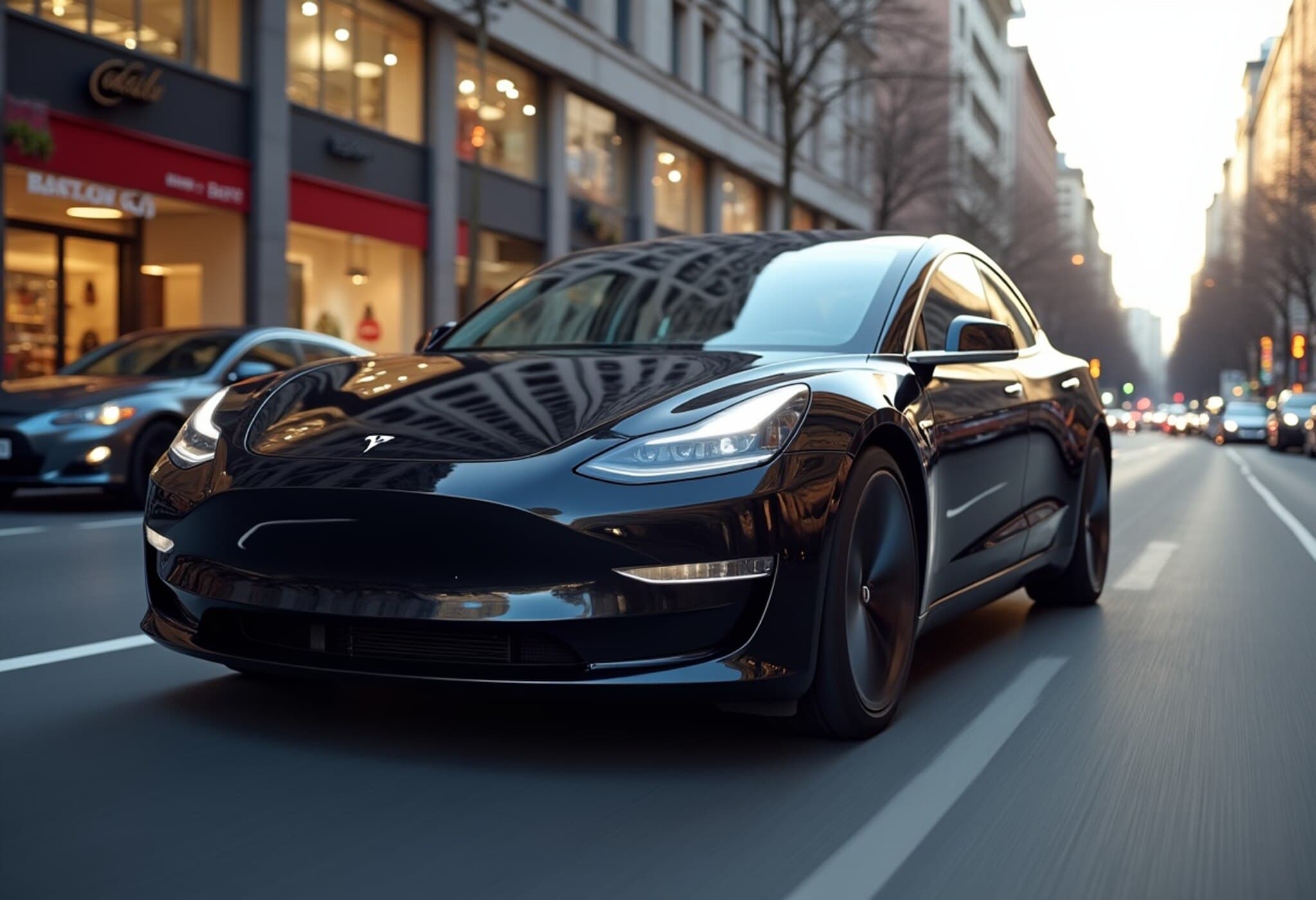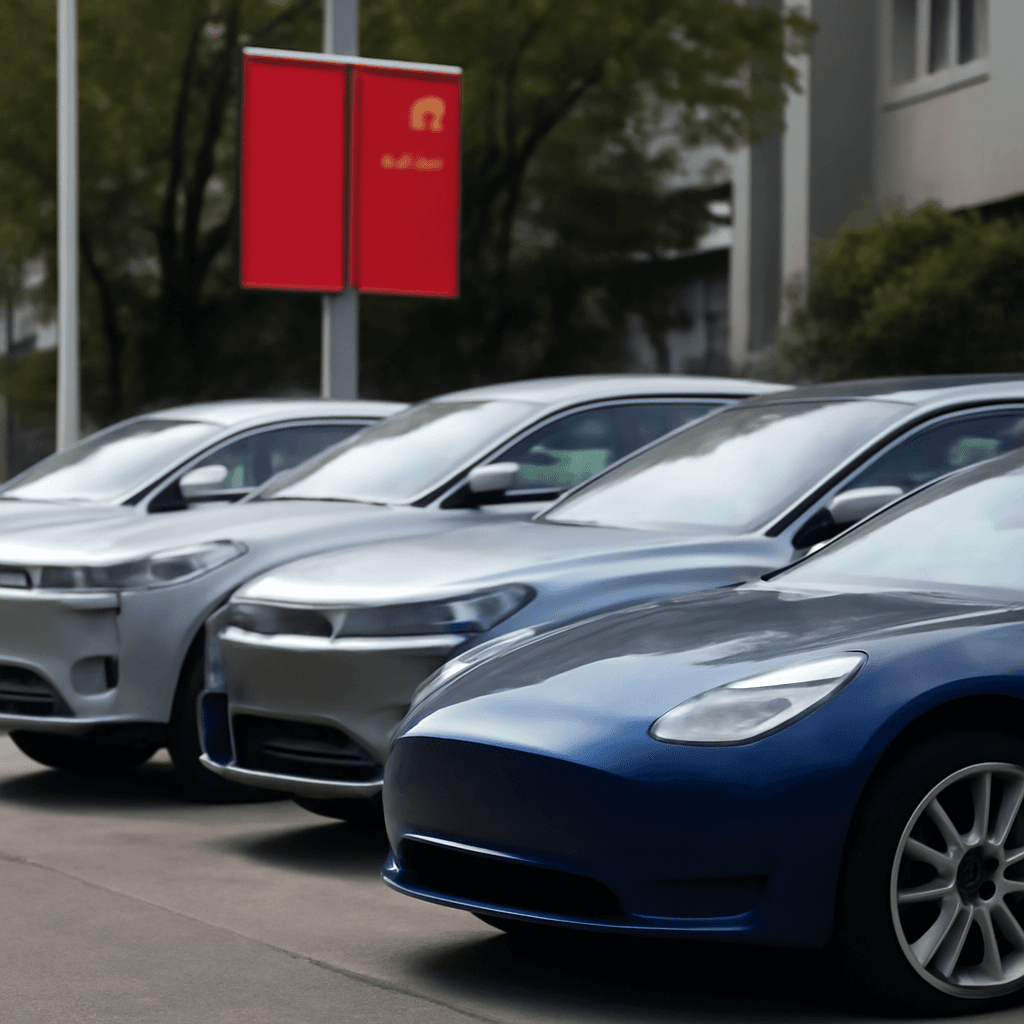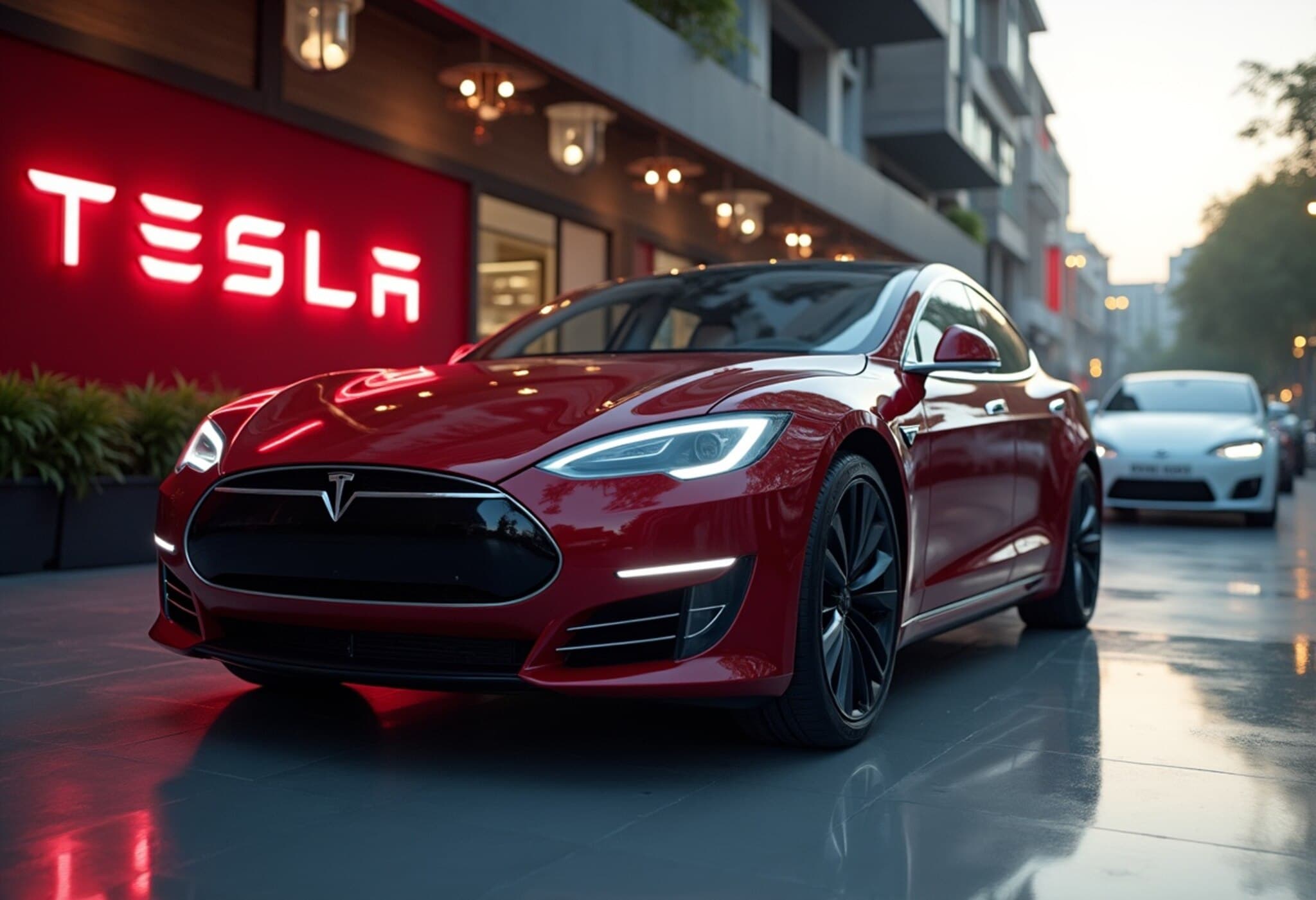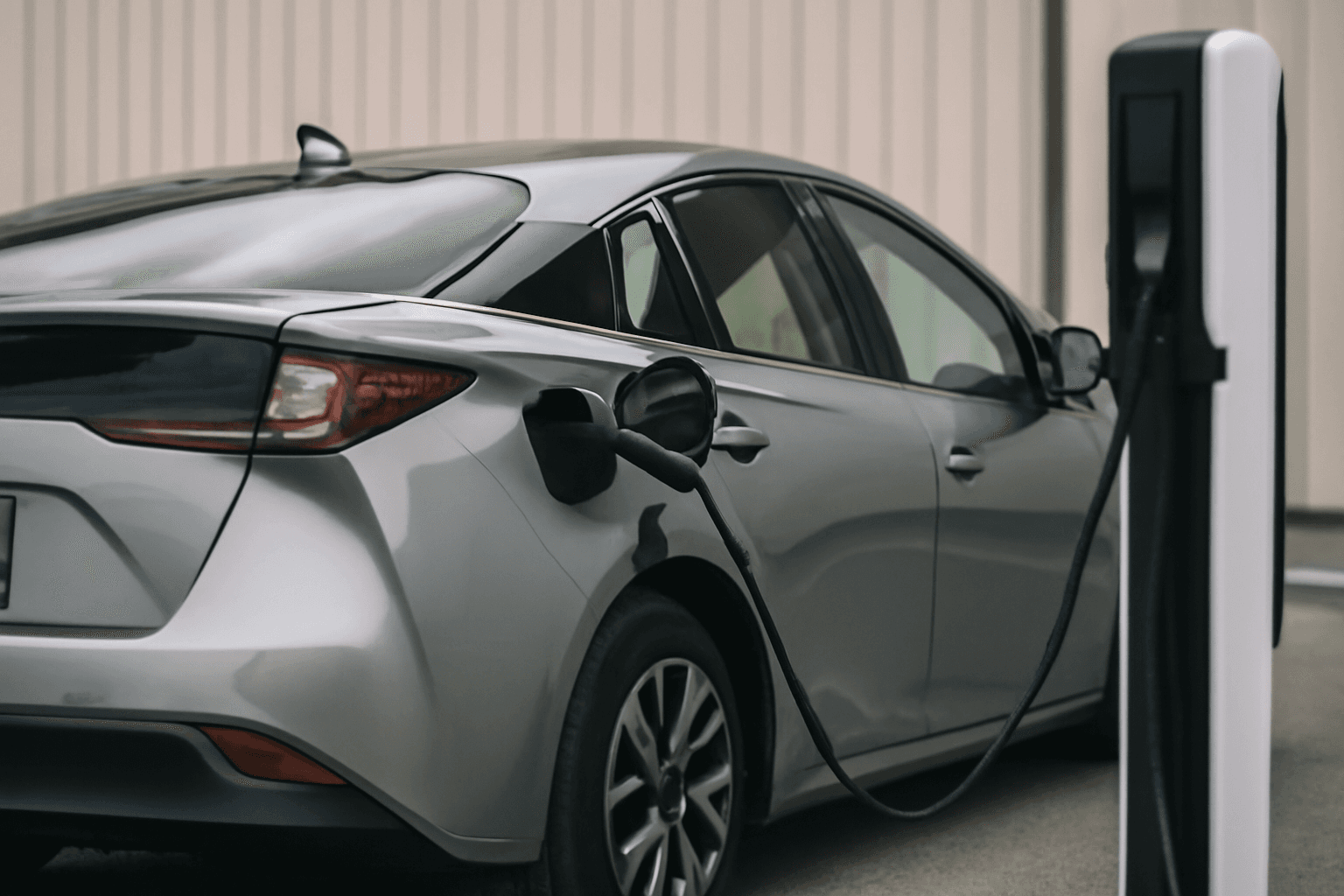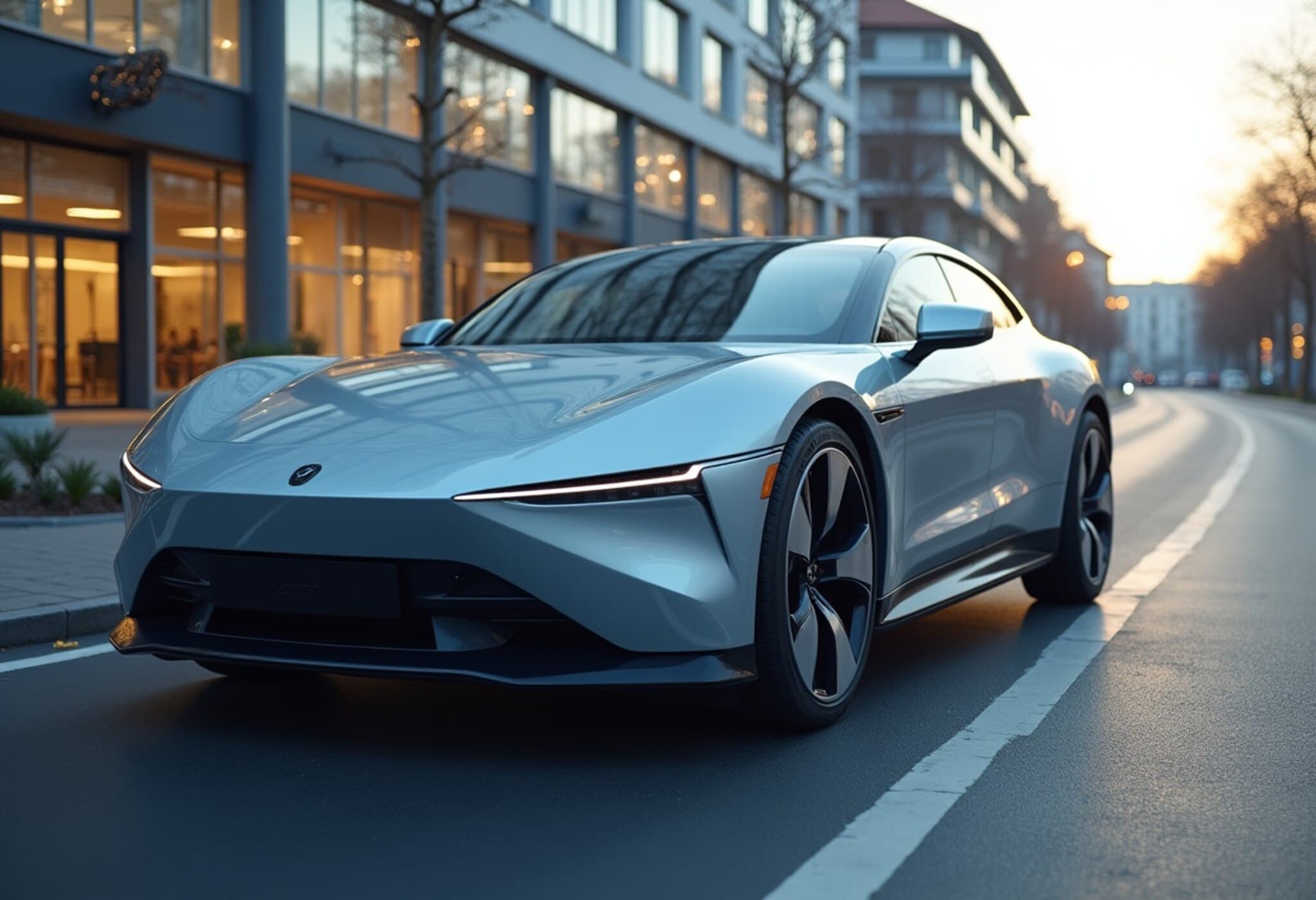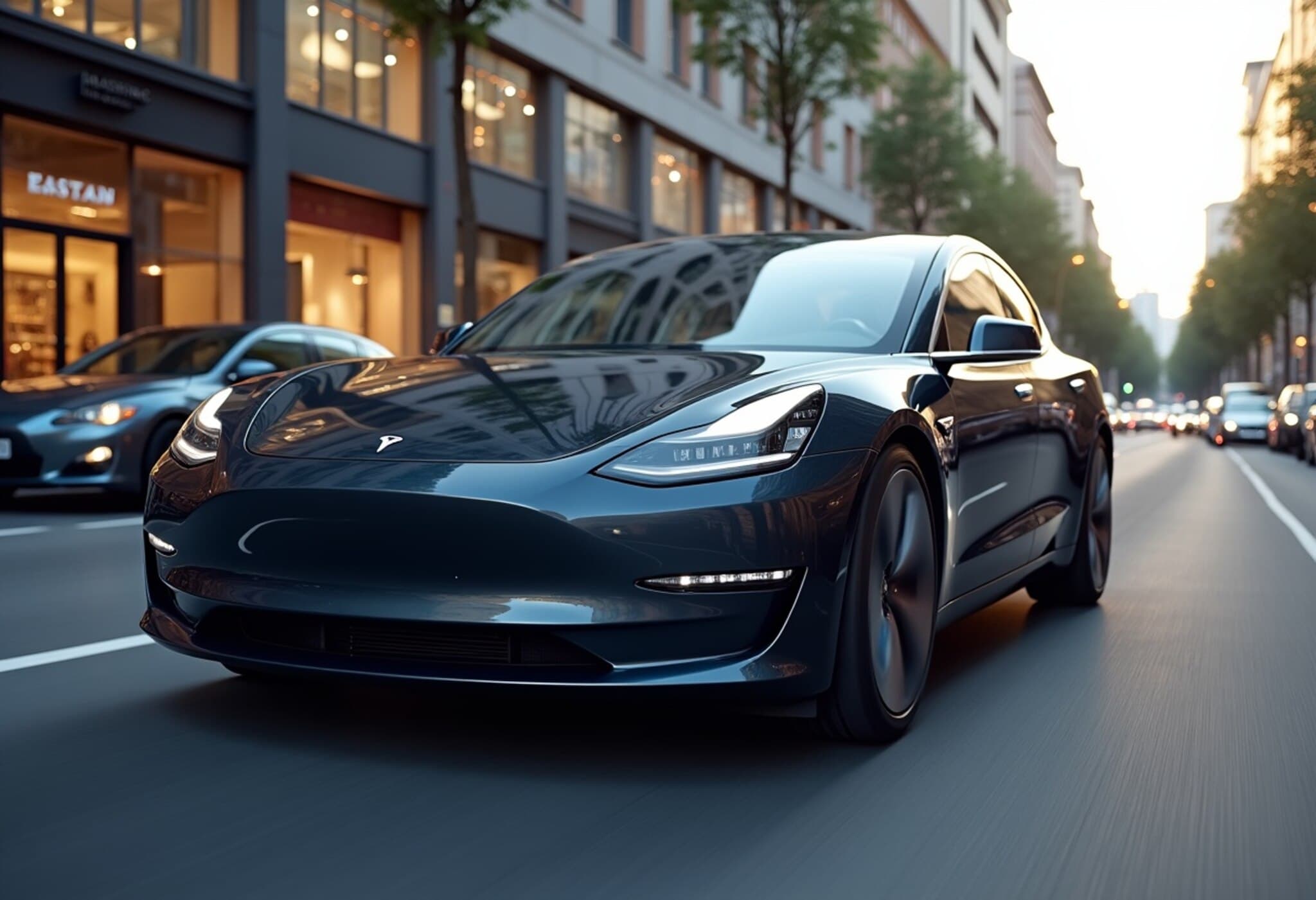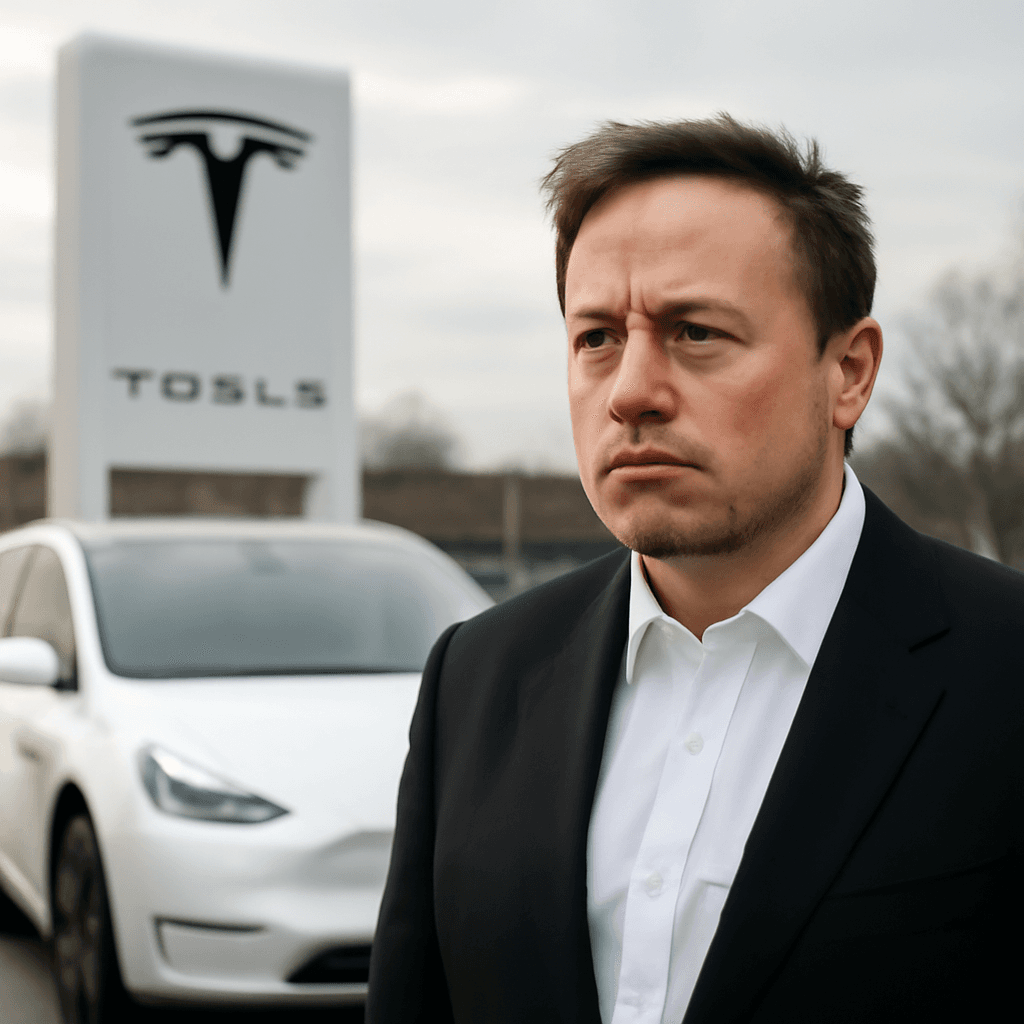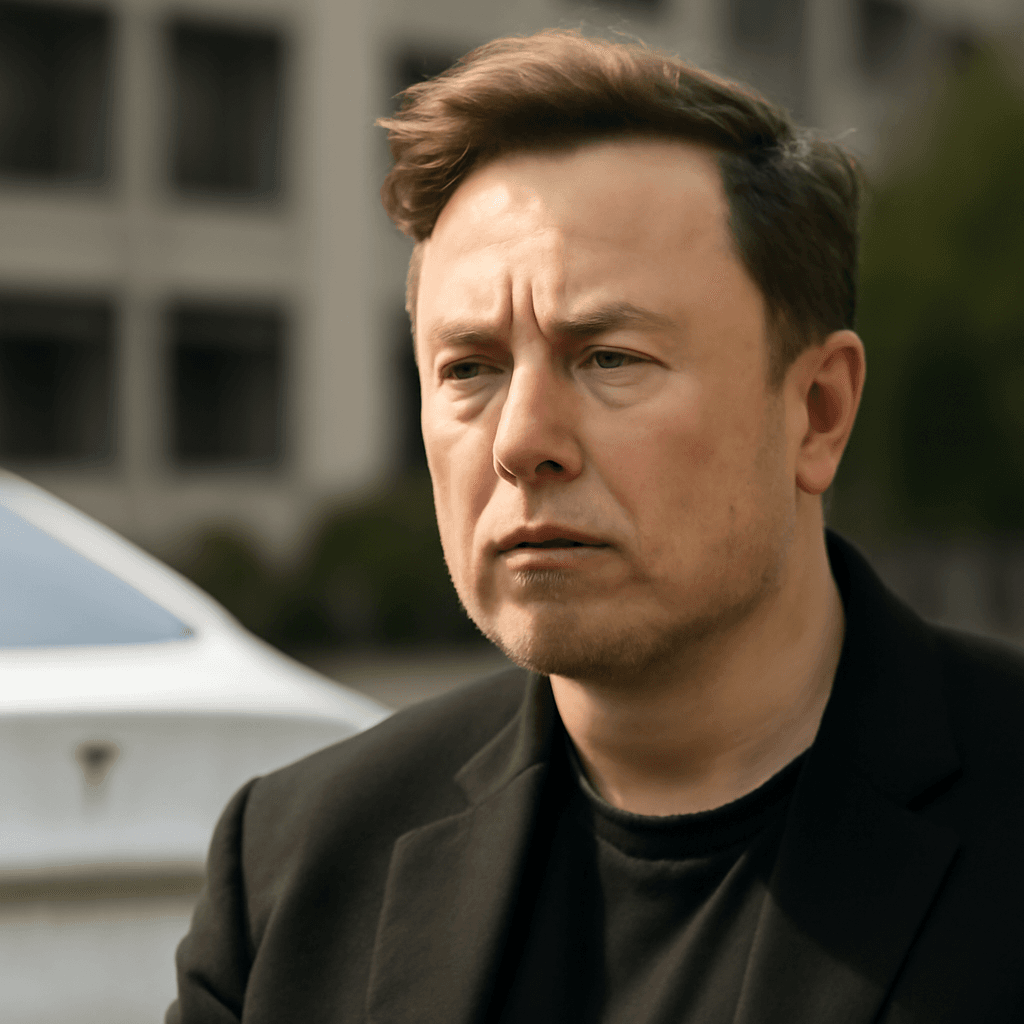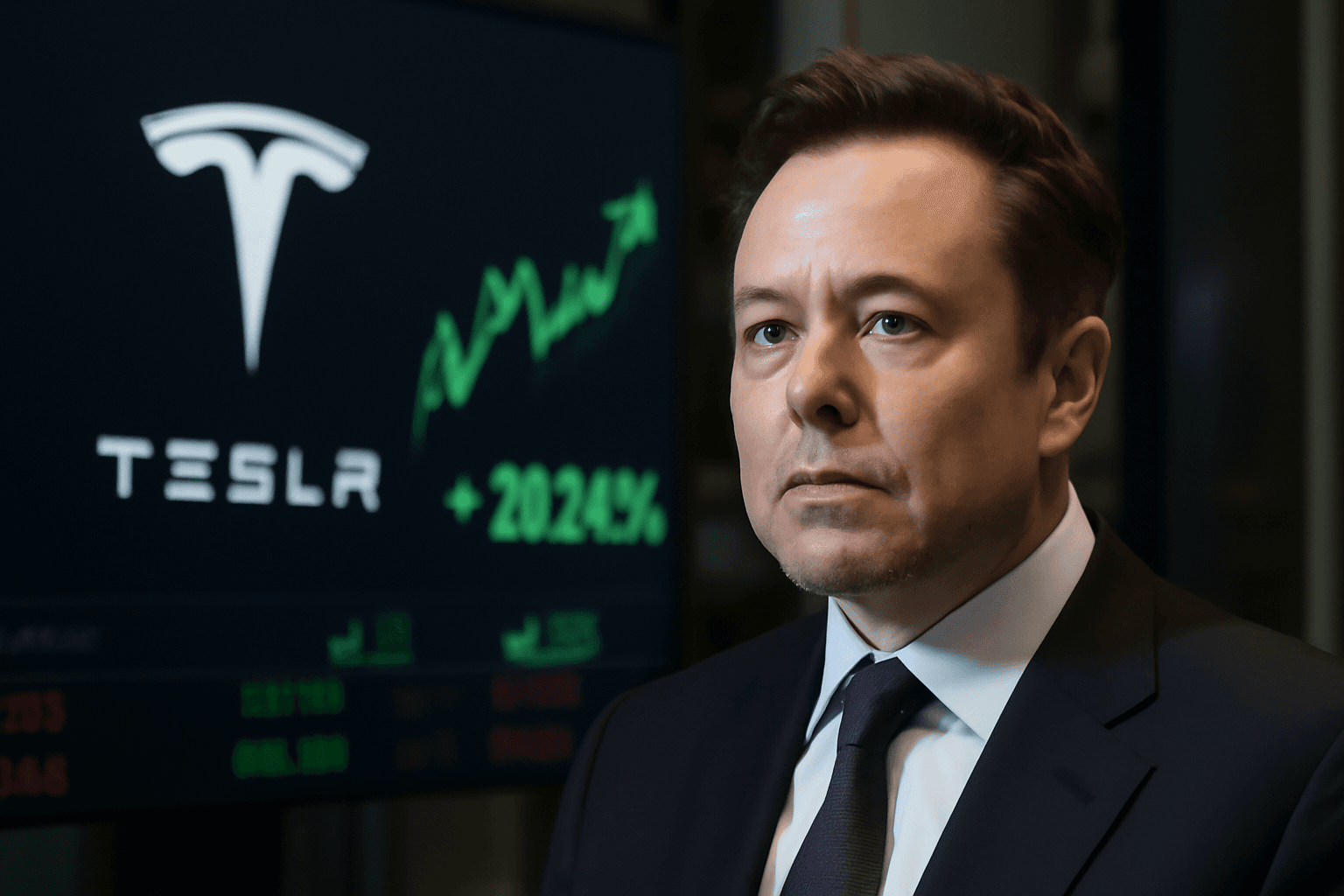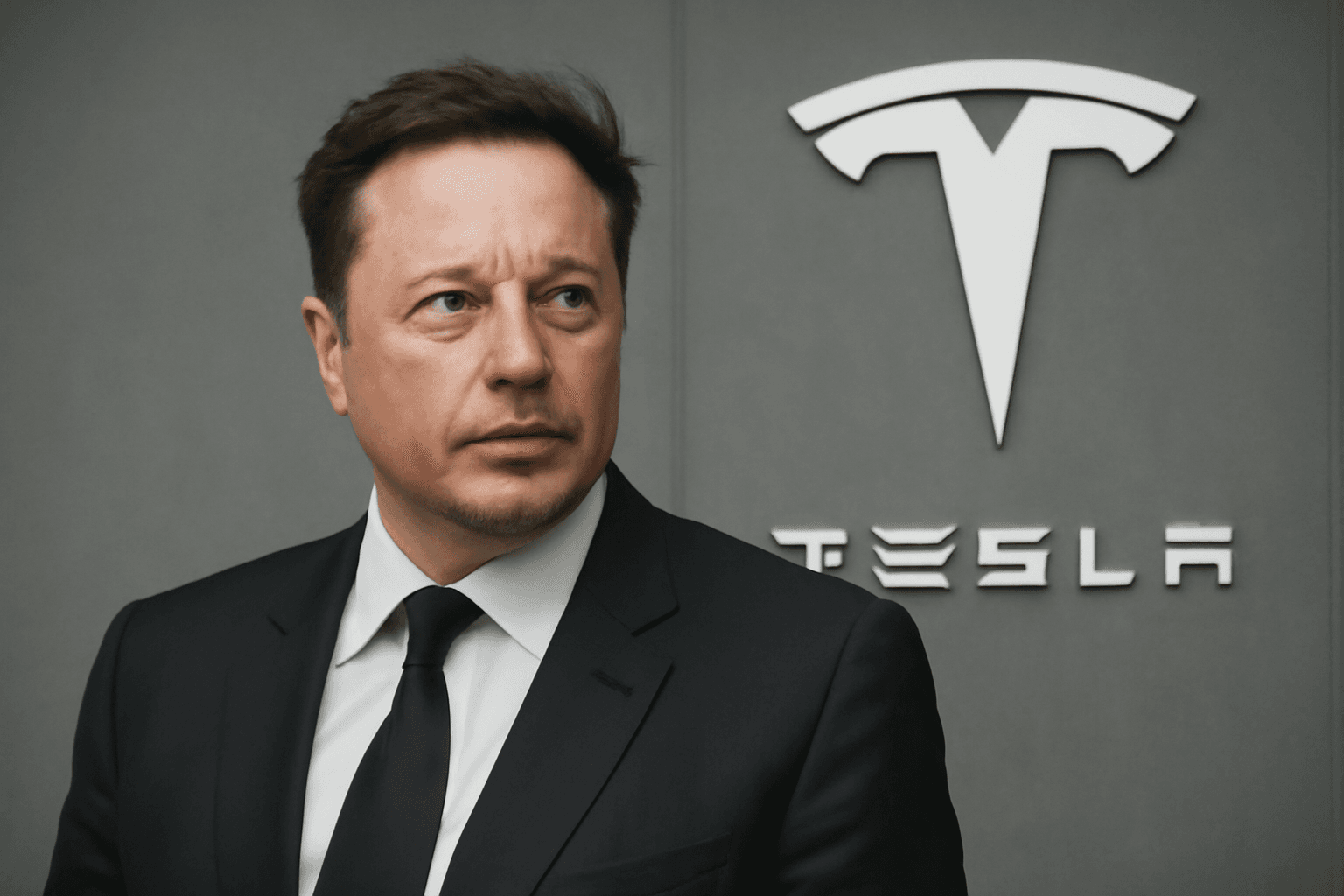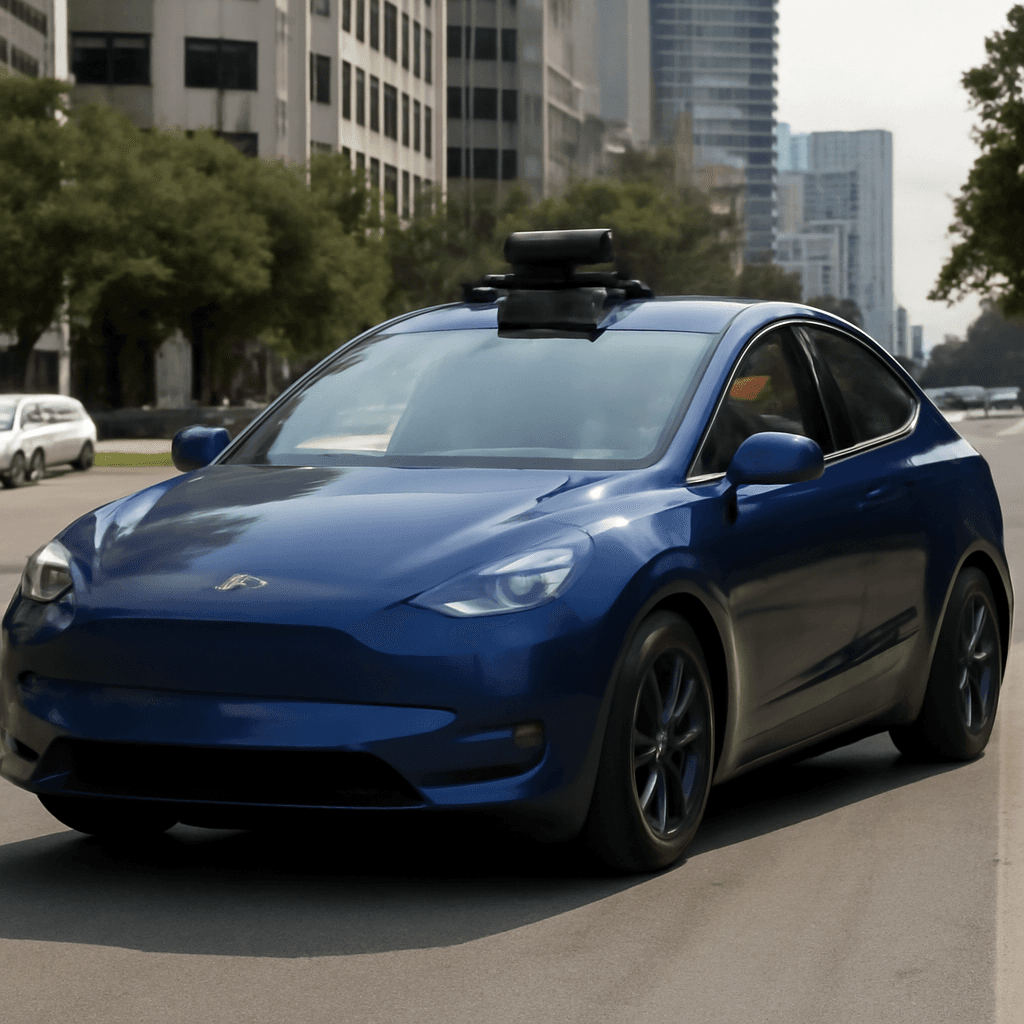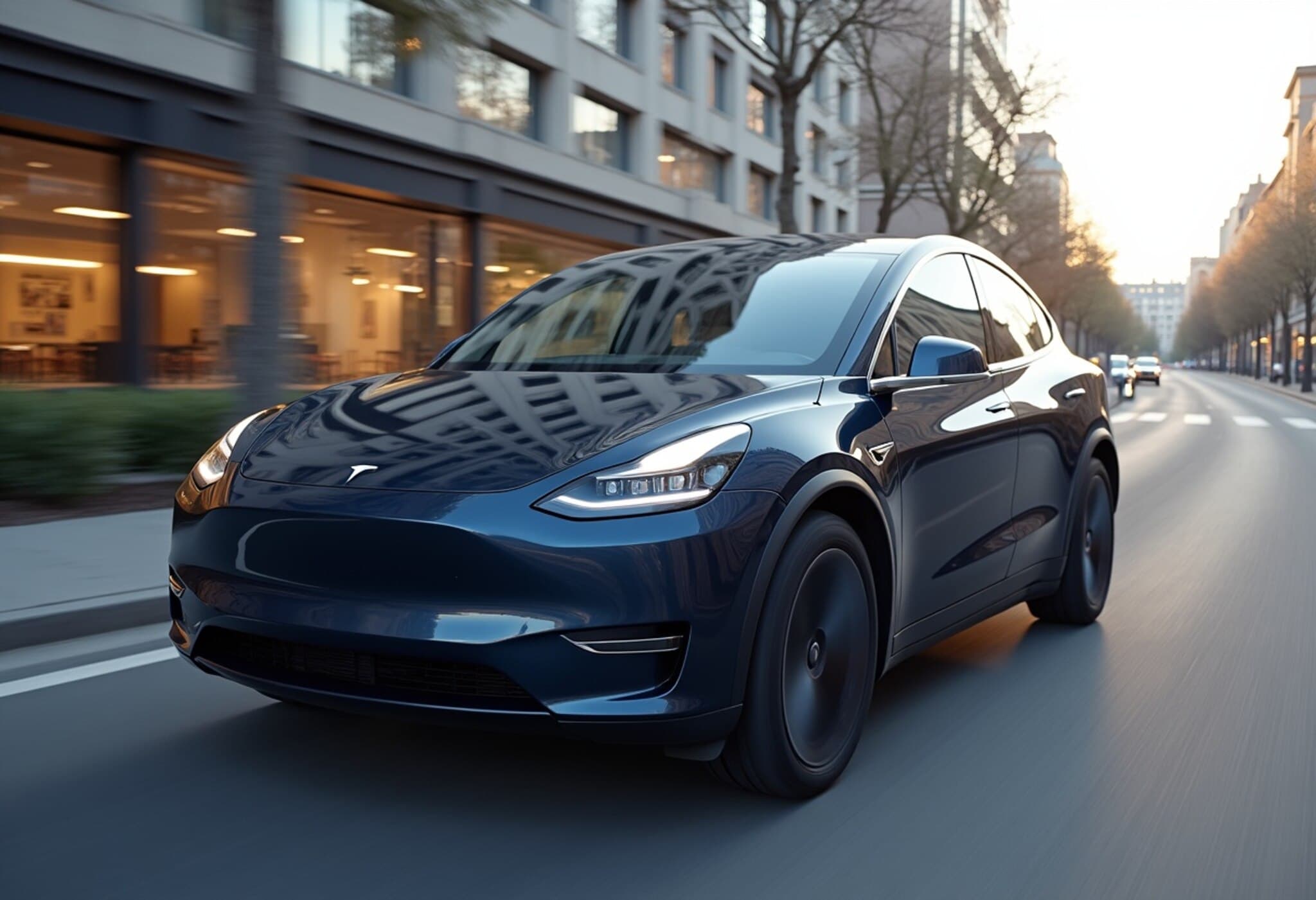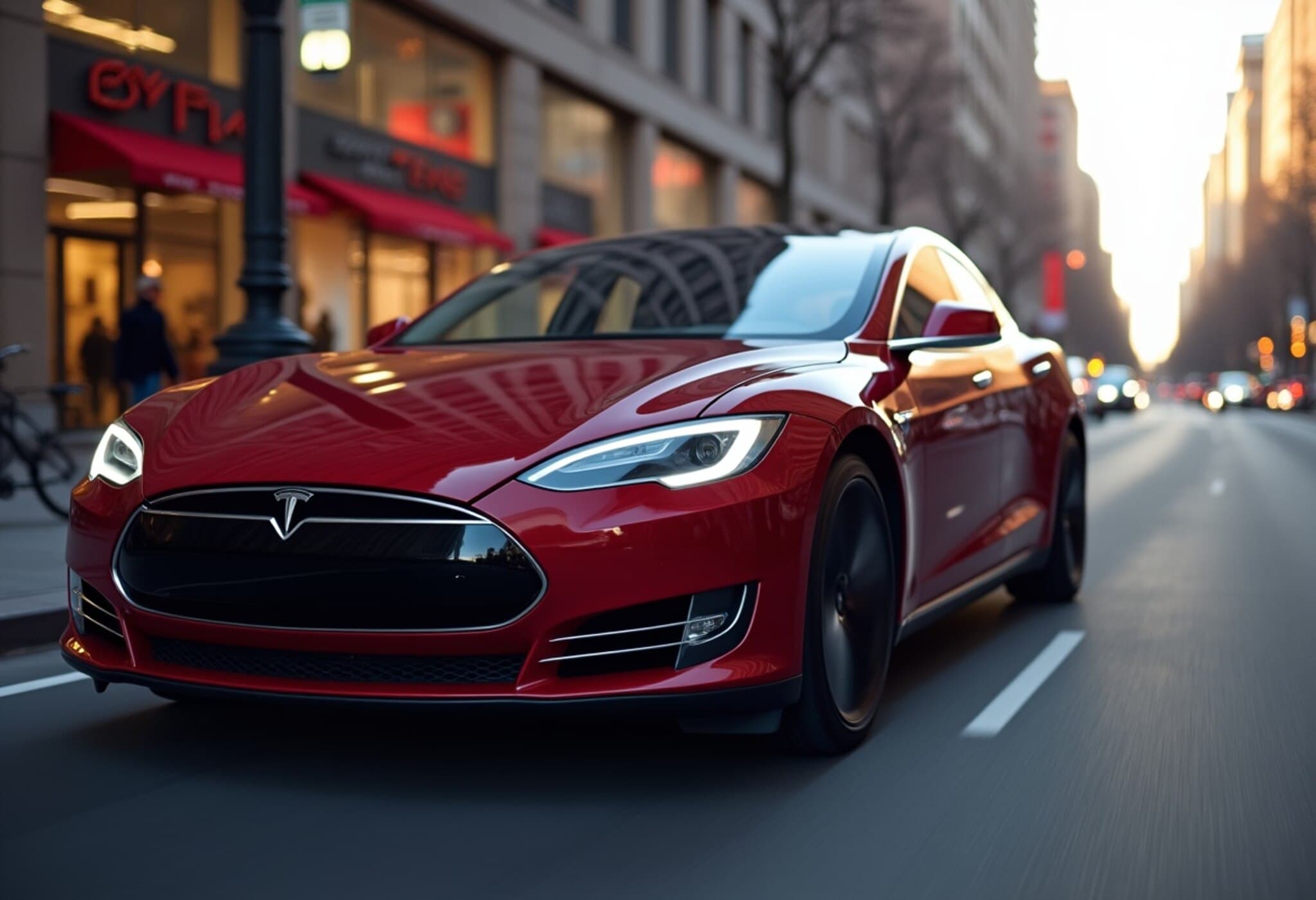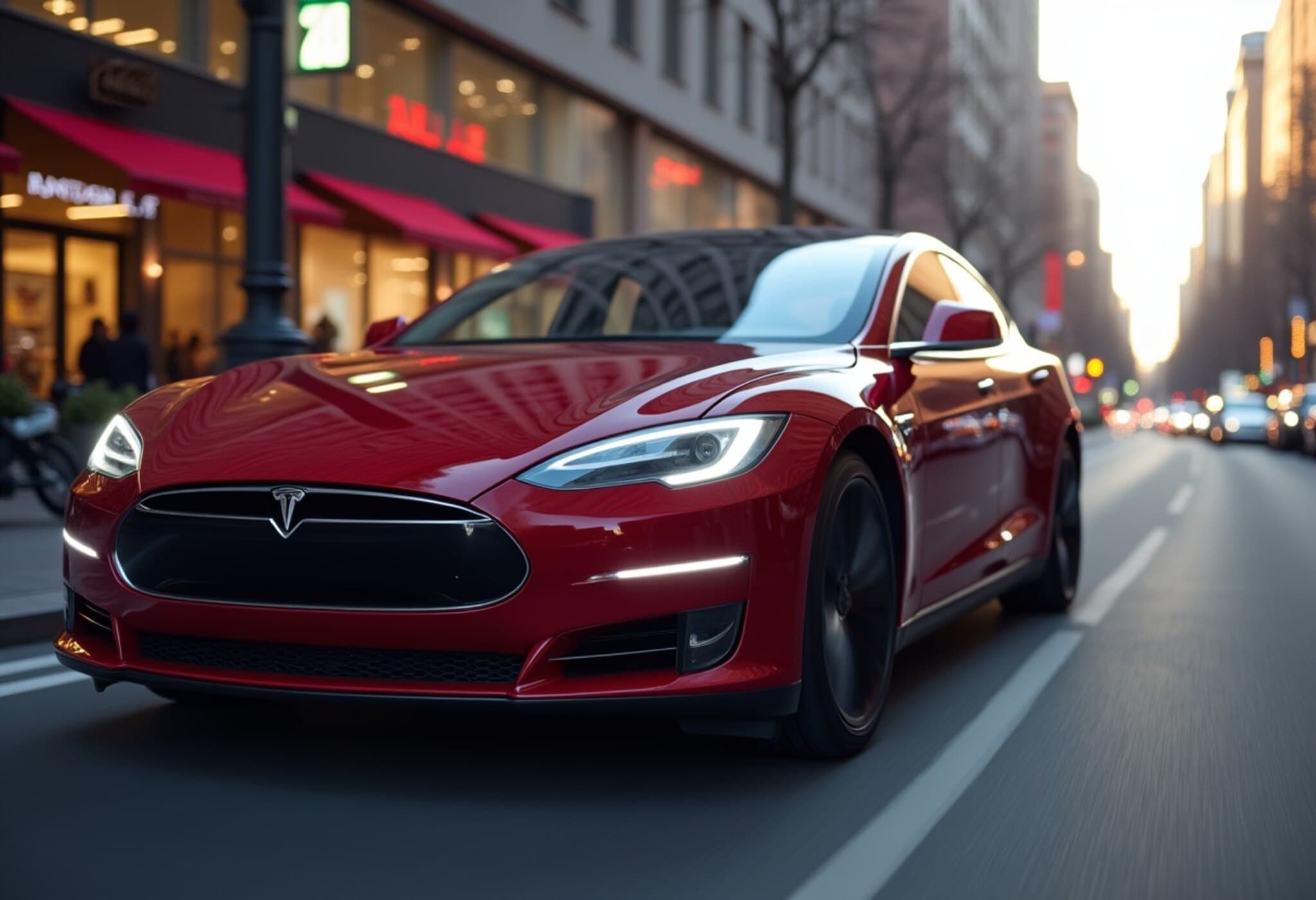Tesla Faces Continued Market Share Decline in Europe
For the sixth consecutive month, Tesla, the U.S.-based electric vehicle (EV) pioneer led by Elon Musk, has witnessed a marked decline in its European market share. According to the latest data released by the European Automobile Manufacturers Association (ACEA) in July 2025, Tesla’s foothold across the European Union, the UK, and the European Free Trade Association (EFTA) slipped from 3.4% a year ago to just 2.8% in June 2025.
This downtrend illustrates the increasingly fierce competition and structural challenges Tesla faces on the continent, which remains a critical battleground for EV innovation and adoption.
Sales Numbers Tell the Story
In sheer volume, Tesla’s new car registrations in Europe plummeted nearly 23% year-on-year to 34,781 units in June 2025. This is part of a broader cooling in the European auto market, with ACEA reporting a 5.1% drop in overall car sales across Europe during the same period, totaling 1.24 million vehicles. Notably, even traditional automotive giants like Volkswagen, Jeep, Renault, and Hyundai registered significant year-over-year declines, underscoring a sector-wide slowdown.
What’s Driving Tesla’s Woes?
Industry experts point to a convergence of factors that are squeezing Tesla’s growth in Europe. Ben Nelmes, founder of EV data analytics firm New AutoMotive, notes that while Tesla is rebounding modestly in certain markets such as the UK, its sales growth pales compared to the overall electric vehicle expansion. These challenges are compounded by the company’s reputational hurdles, stemming in part from CEO Elon Musk’s controversial political entanglements and frequent public statements, which sometimes alienate consumers and stakeholders alike.
Intensifying Competition from Chinese and European Brands
On a more structural level, Tesla can no longer rely on being the undisputed leader in the region. A new report from market intelligence firm JATO Dynamics reveals that the market share of Chinese automakers in Europe has nearly doubled in the first half of 2025, reaching a record 5.1%. Leading brands like BYD, Leapmotor, and Xpeng are aggressively expanding their presence, offering competitive and affordable EV models that appeal to a broader consumer base.
Felipe Munoz, a global analyst at JATO, explains: "The refreshed Tesla Model Y hasn't delivered the anticipated surge in sales. Meanwhile, steady pressure from BYD and Volkswagen Group is eroding Tesla's dominance in this rapidly evolving market.”
Broader Economic and Policy Headwinds
Adding to Europe-specific pressures, Tesla recently warned investors of a challenging phase ahead — citing impending tariff increases and the winding down of lucrative U.S. federal EV tax credits that have historically bolstered profitability. These factors not only squeeze margins but also narrow Tesla’s strategic flexibility.
Ben Nelmes warns that the loss of income from U.S. regulatory credit sales — a significant revenue stream Tesla has relied upon — combined with stiff global competition, paints a more cautious outlook for the company. “While Tesla’s survival is not in doubt, its trajectory seems to be shifting toward becoming a niche player within an expansive and diverse global EV landscape,” he comments.
Innovation as a Lifeline
The future, Nelmes suggests, still holds promise if Tesla can reignite the disruptive spark that launched its meteoric rise. Whether through breakthroughs in battery technology, autonomous driving systems, or other next-generation vehicle innovations, Tesla must innovate beyond its current offerings to regain momentum.
Underreported Angles and Critical Questions
- Supply chain and production capacity: How are ongoing global semiconductor shortages and raw material sourcing impacting Tesla’s European delivery timelines?
- Regulatory environment: What role do emerging European regulations, such as emissions standards and EV incentives, play in shaping Tesla’s competitiveness?
- Consumer sentiment: Beyond Musk’s public image, how do perceptions of EV reliability, charging infrastructure, and cost of ownership sway buying decisions in Europe?
These facets merit deeper journalistic inquiry and industry monitoring as Tesla navigates a transforming automotive ecosystem.
Expert Takeaway
Tesla’s experience in Europe serves as a microcosm of broader shifts within the global EV market. The rise of agile competitors, evolving policies, and consumer preferences challenge even industry pioneers to adapt swiftly. For American policymakers and business strategists, Tesla’s trajectory underscores the need for supportive innovation frameworks, trade strategies, and clean-energy investments to maintain U.S. leadership in the green transportation revolution.
Editor’s Note
The sustained decline in Tesla’s European market share is a compelling development, highlighting how competitive dynamics and external pressures can reshape even the most dominant players. As electric mobility accelerates worldwide, companies must balance technological innovation with reputational stewardship and strategic market positioning. This story invites readers to consider what it takes for a brand to transition from pioneering disruptor to enduring industry leader, in an arena where the only constant is change.

